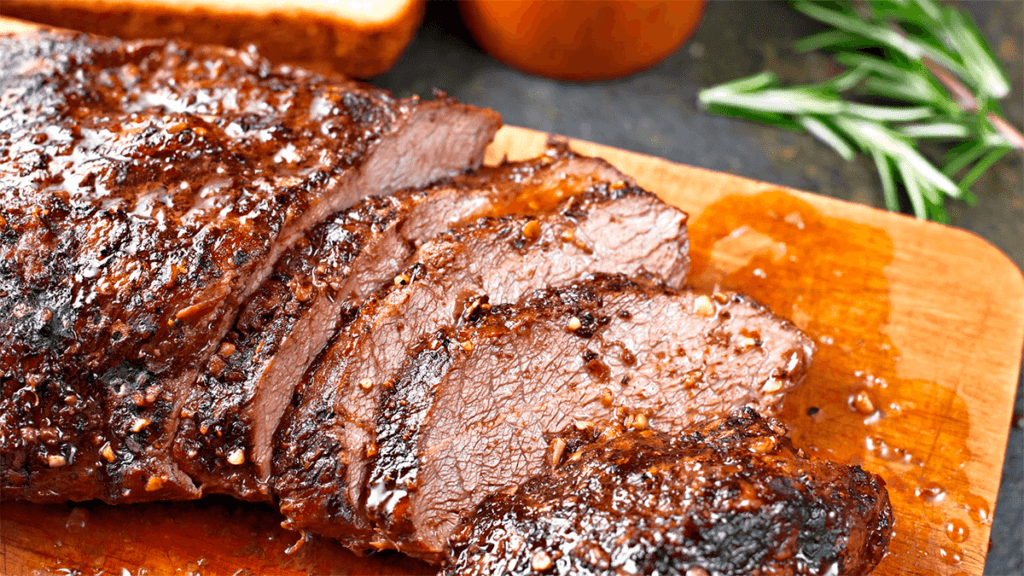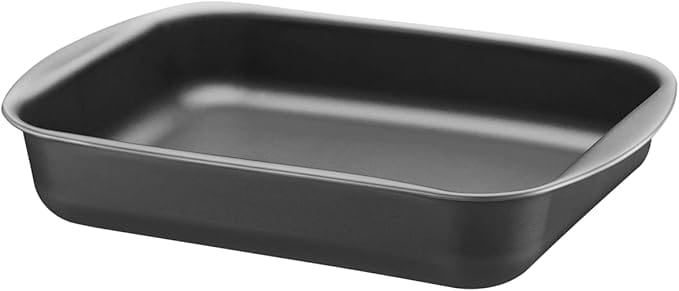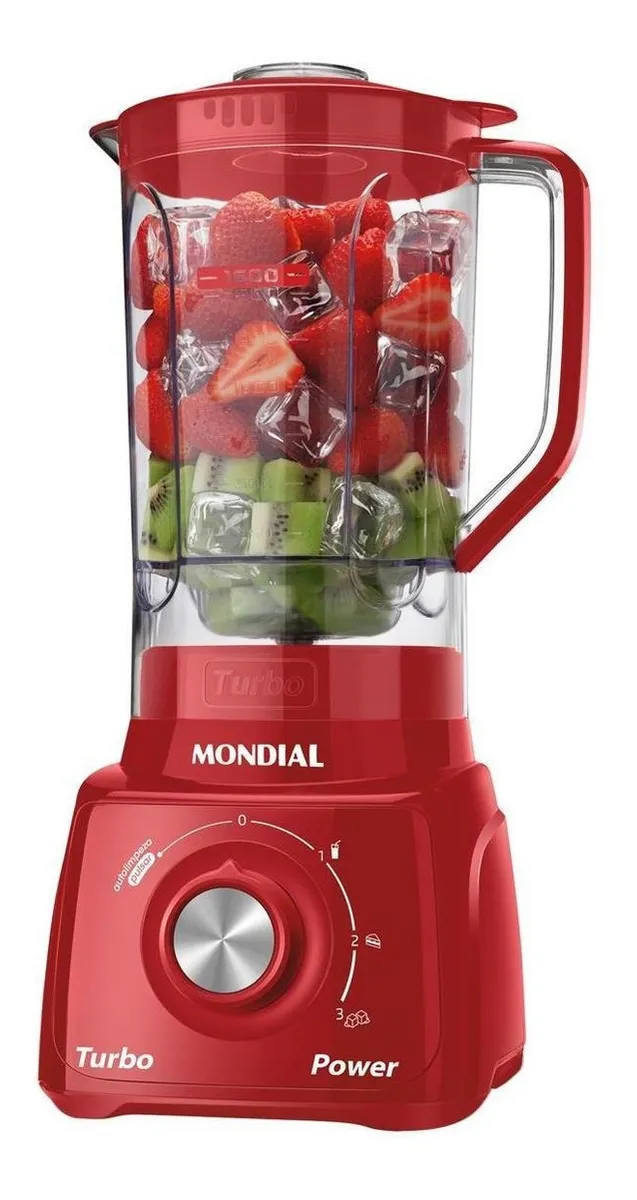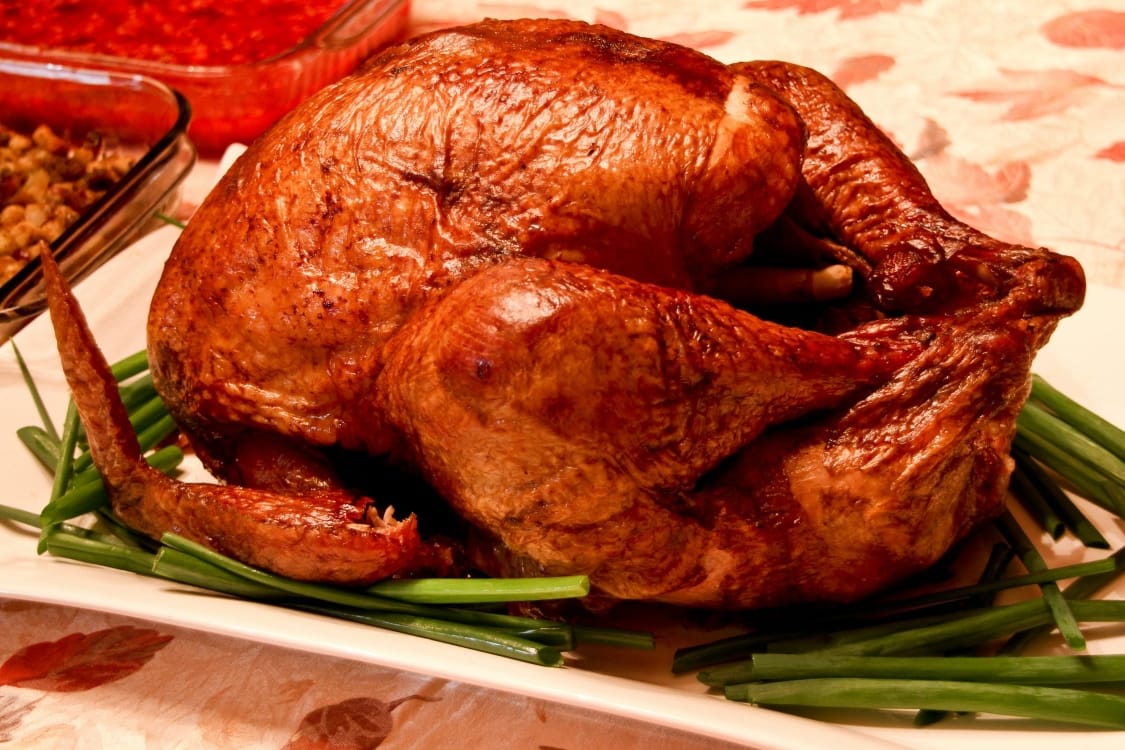Is Hump Beef First or Second Grade? Unveiling the Secrets of this Flavorful Cut
Cupim is a cut that stirs passions and doubts equally. Appreciated for its distinctive flavor and unique texture, it is a guaranteed presence at many barbecues and roasts across Brazil. But, among so many meat options, a frequent question lingers in the air: is cupim a first or second grade meat? At CanalCozinha, we will clarify this question once and for all, revealing the classification of this beloved cut and uncovering the secrets behind its juiciness and flavor. Additionally, you will learn valuable tips to season and prepare cupim, ensuring a final result that will impress everyone. Get ready to dive into the world of cupim and discover everything about this Brazilian culinary delicacy!

Cupim: Second Grade Meat with First-Class Flavor!
Technically, cupim is classified as a second grade meat. But don’t be fooled by this terminology! The classification as “first” or “second” is not related to the quality of the meat in terms of flavor or tenderness, but rather its location on the cattle and the amount of collagen present. First grade meats, such as tenderloin and sirloin, are more tender cuts with less collagen, ideal for quick preparations like grilling and frying. Meanwhile, second grade meats, like cupim, chuck, and shank, have more collagen and therefore require longer, slower cooking to break down the fibers and make the meat tender.
Cupim is actually a fat reserve interspersed with muscle fibers, located in the hump (cervical region) of Zebu cattle breeds, such as Nelore. This unique characteristic, the marbled fat, is what gives cupim its unparalleled flavor and tender, juicy texture when prepared correctly. Therefore, although classified as second grade meat, cupim is considered by many to be a noble and extremely flavorful cut, ideal for barbecues, roasts, and long-cooked dishes.
Location of Cupim: Where is This Delight on the Cow?
Cupim is located at the front part of the cow, more specifically in the cervical hump, which is the protuberance between the neck and the back of the animal. This region is a distinguishing feature of Zebu breeds, like Nelore, very common in Brazil. Cupim consists of muscle fibers interspersed with fat, giving it a marbled appearance and a unique flavor.
It is important to emphasize that cupim is a typically Brazilian cut and is not found in European cattle breeds, which do not have this protuberance. This particularity makes cupim an even more special and valued cut in our cuisine.
How to Season Cupim: Tips for an Unforgettable Flavor
Seasoning is key to enhancing the flavor of cupim and ensuring it becomes even more delicious. Since cupim is a meat with a lot of marbled fat, it pairs well with stronger, more pronounced seasonings. Check out some suggestions from CanalCozinha:
Marinade for Cupim (Ideal for Oven and Pressure Cooker):
- Ingredients:
- 1 cup of dry red wine (or dark beer)
- 1/2 cup of olive oil
- 4 crushed garlic cloves
- 1 medium chopped onion
- 2 bay leaves
- 1 sprig of fresh rosemary (or 1 tablespoon dried rosemary)
- 1 sprig of fresh thyme (or 1 tablespoon dried thyme)
- Juice of 1 lemon
- Salt and freshly ground black pepper to taste
- Preparation Method:
- In a large bowl, mix all the marinade ingredients.
- Place the whole piece of cupim (or in large chunks, if you prefer) in a food-grade plastic bag or a container with a lid.
- Pour the marinade over the cupim, making sure all the meat is covered.
- Seal the plastic bag tightly or cover the container and refrigerate.
- Let the cupim marinate for at least 12 hours, preferably overnight, turning the meat halfway through so it absorbs the flavors evenly.
Barbecue Seasoning (Cupim on the Grill):
- Coarse Salt: Coarse salt is the classic seasoning for barbecue and enhances the natural flavor of cupim. Spread a generous layer of coarse salt over the entire surface of the meat, pressing lightly so it sticks. Let it rest for at least 30 minutes before placing on the grill.
- Herb Butter: During cooking on the grill, you can brush the cupim with herb butter to add flavor and juiciness. To make the herb butter, mix softened butter with minced garlic, parsley, chives, rosemary, thyme, and salt to taste.
- Garlic and Onion Powder: For a more intense flavor, you can season the cupim with a mixture of garlic powder, onion powder, salt, and black pepper before applying the coarse salt.
Tips from CanalCozinha:
- You can add other ingredients to the marinade, such as chopped chili peppers, sweet or smoked paprika, ground cumin, or a splash of Worcestershire sauce.
- If roasting cupim in the oven, you can add vegetables to the baking tray such as potatoes, carrots, and onions so they cook in the meat’s sauce and absorb the marinade flavors.
- For barbecue, the ideal is to cook cupim over strong embers, about 40 cm away from the fire, turning it from time to time so it browns evenly.
- If you want a caramelized crust, you can brush the cupim with honey or molasses in the last few minutes of cooking.
Cupim Cooking Time: Patience is Key to Tenderness
Cupim is a meat that requires **time and patience** to become tender and juicy. Slow cooking is essential for the fibers and fat to melt away, resulting in a melt-in-the-mouth texture. Check out the estimated cooking times for each method:
- Pressure Cooker: For a whole piece of cupim (around 1.5 to 2 kg), cooking time in the pressure cooker ranges from **1h30 to 2 hours** after pressure is reached. If cupim is cut into smaller pieces, the cooking time will be reduced.
- Oven: In the oven, cupim should be roasted at a low temperature (around 160-180°C) for an extended period, varying according to the size of the piece and oven power. For a whole piece (around 1.5 to 2 kg), cooking time ranges between **3 and 4 hours**. It is recommended to cover the baking tray with aluminum foil for the first 2 hours and then remove the foil to brown the meat.
- Grill: Grilling cupim requires the longest cooking time and can vary greatly depending on the intensity of the embers and the distance of the meat from the fire. On average, a whole cupim (about 1.5 to 2 kg) takes **4 to 6 hours** to be ready on the grill, wrapped in cellophane or aluminum foil. It is important to turn the meat every hour to ensure even cooking. After this time, remove the foil and grill for another 30 minutes to 1 hour to brown.
Tip from CanalCozinha: To check if the cupim is ready, pierce a fork into the thickest part of the meat. The fork should go in and out easily, indicating the meat is tender. If still resistant, continue cooking longer.
Products That Facilitate Cupim Preparation:
To ensure success in preparing your cupim, invest in good utensils:

Speeds up cupim cooking, ensuring tenderness in less time.

Ideal for roasting cupim in the oven, allowing it to cook in its own juices.
With the tips and information from CanalCozinha, you learned that cupim is second grade meat with first-class flavor and discovered the secrets to seasoning and preparing this delicacy flawlessly. Now just choose your favorite cooking method, get to work, and savor a tender, juicy, and flavorful cupim! Share your experiences and photos in the comments below. We would love to know how your cupim turned out!
Image Source: cenariomt







